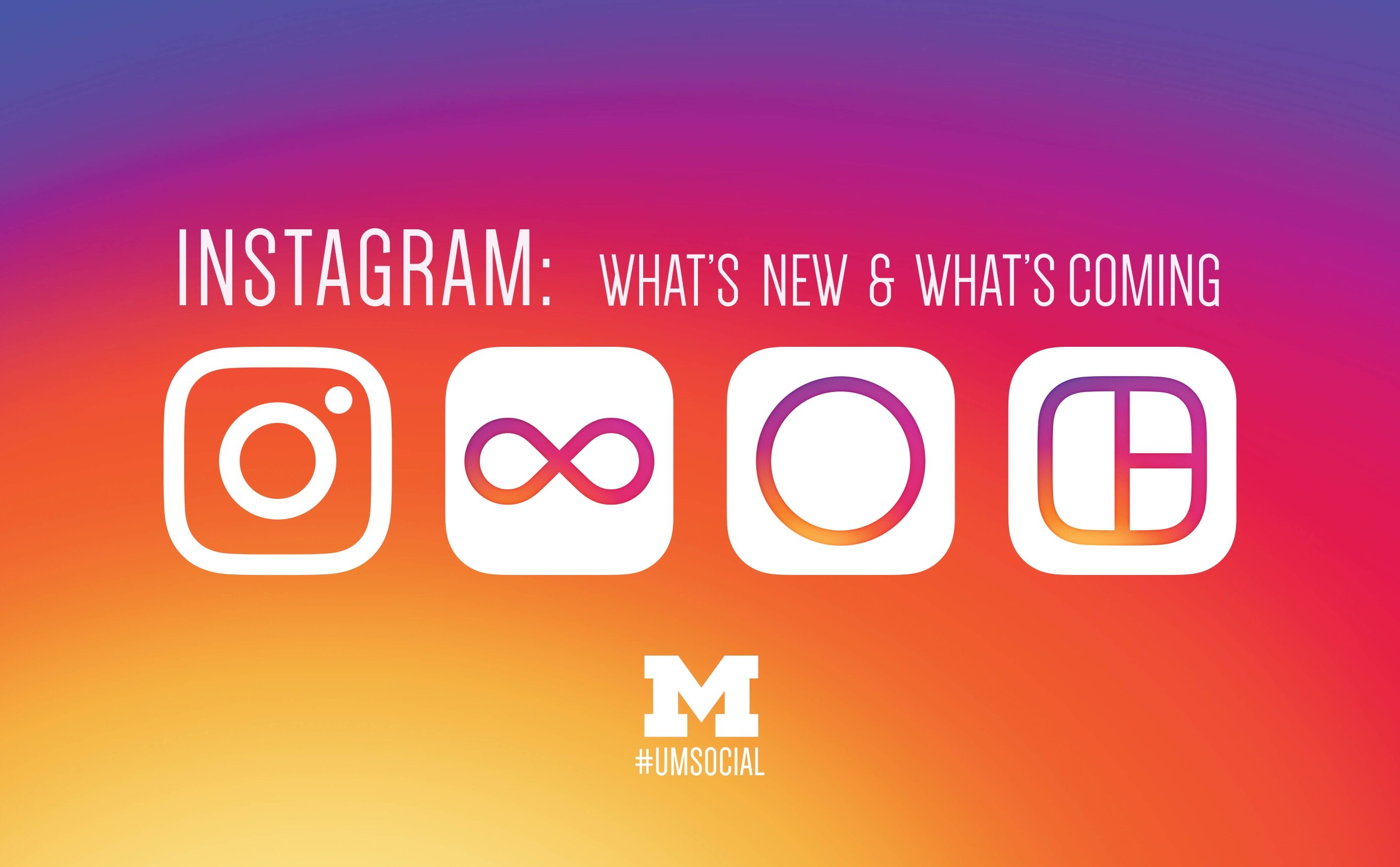Cultivating direct brand-consumer connections continues to dominate the marketing industry and the trend is seeping into the practices of several social platforms. The ability for consumers to communicate directly with a brand via social is appealing to both parties as organizations seek to generate increased revenue through relationship building and individuals look to find a higher level of customer service and satisfaction. Websites like Etsy have already established the consumer-originated stream of contact through direct messaging between sellers and buyers. It comes in handy when a shopper scrolls through a page on the site and has questions: the direct-contact messaging can be seen as the online equivalent of a sales associate wandering around the front of the store.
Facebook is continuing to expand similar resources for its business pages, including the recently announced ‘bots,’ and their subsidiary Instagram is now following suit. Instagram is currently testing business profiles, due to be released in the next few months. Instead of the same profile layout for every user, consumers will now be able to tap a “contact” button (placed next to the “follow” button) for each brand or business.. The “contact” button allows consumers the option of emailing the business via the app and finding the location of the business in the Maps app.
Consumer-originated messaging is on the rise because of the real-time opportunities it affords both sides of the conversation. For the consumer quick, genuine responses to their questions provide not only improved customer service but brand authenticity as well. For the business, having the ability to leverage a new and instantaneous line of communication sets them apart from the pack, enabling businesses to strengthen the loyalty of their consumers.
Instagram is also using analytics to learn more about its user base. The analytics look at two user segments, called post and follower. Follower analytics include three main categories: location, gender, and age. Location allows you to view where those who engage with your content come from, whether local or global. Location also takes various time restrictions into consideration across audiences to maximize posting time across time zones. Gender and Age provide a more in-depth look at followers; the analytics also show how many followers were gained in a certain time span.
The post analytics section, which Instagram calls “Insights,” will allow users to track the engagement of their contact from a variety of perspectives. Insights can be accessed by both business and personal accounts alike. Similar to Facebook Insights, there are four categories within post analytics: impressions, reach, website clicks, and follower activity.
Impressions will count the total number of times a user’s content has been viewed, and website clicks show how many times a displayed profile link is tapped. Reach displays how many distinct accounts have interacted with any of a user’s posts. Lastly, the follower activity portion of post analytics neatly displays the amount of time users actively spend on the application, to assist in gauging the best time to post their content.
Each analytic increases the ability for brands to more adequately target their content and increases the potential for Instagram to develop monetization avenues through paid or sponsored advertisements. These new features paired with the recent rollout of multiple account management capabilities and the rebranding and redesign of the entire platform demonstrates Instagram’s dedication to providing users with the opportunity to maximize the impact of their content with ease, while keeping them and users within the application itself.
This post was written by Kelly Arnold, a sophomore at Hope College studying communications and a summer 2016 #UMSocial intern. #StaySocial with her: @KellyAArnold
Copy edited by @NikkiSunstrum, Director of #UMSocial






